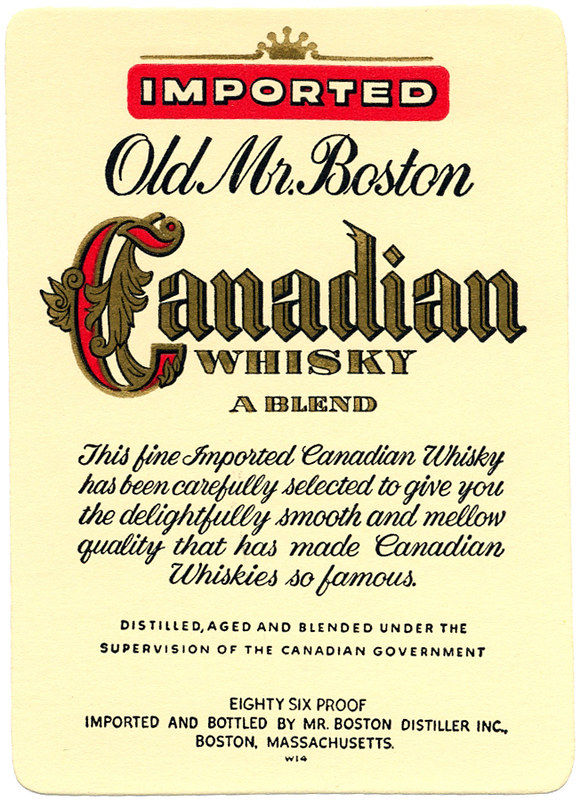You're right that Canadian whisky hasn't gained the same level of global attention or undergone as dramatic a transformation as whisky from some other regions. However, there has been some progress and innovation in recent years. Here's an overview of the Canadian whisky situation:
Traditional Canadian Whisky:
- Often blended, typically using a base of corn whisky with rye, barley, or wheat whisky added for flavor
- Known for being light and smooth, often used in mixed drinks
- Popular brands include Crown Royal, Canadian Club, and J.P. Wiser's
Recent Developments:
- Craft Distilleries: There's been growth in small craft distilleries producing more diverse and experimental whiskies.
- High-end and Limited Editions: Some distilleries are releasing more premium products, like Crown Royal's Noble Collection.
- 100% Rye Whiskies: There's been an increase in all-rye whiskies, which are spicier and more full-bodied.
- Cask Finishing: More distilleries are experimenting with finishing their whiskies in different types of casks.
Notable Innovative Canadian Whiskies:
- Lot 40 (100% rye whisky)
- Pike Creek (finished in rum barrels)
- Gooderham & Worts Four Grain Whisky
- Forty Creek (known for innovative blending techniques)
- Whistler Cascadian Organic Single Grain Whisky
Challenges:
- Regulations: Canadian regulations allow for more additives and blending, which some critics argue can lead to less distinctive products.
- Marketing: Canadian whisky hasn't been as aggressively marketed internationally as Scotch or Bourbon.
- Perception: There's still a perception of Canadian whisky as being primarily for mixing rather than sipping.
While progress may be slower compared to other regions, there is movement in the Canadian whisky industry towards more diverse and premium offerings. The industry is working to change perceptions and compete more effectively in the global market.


